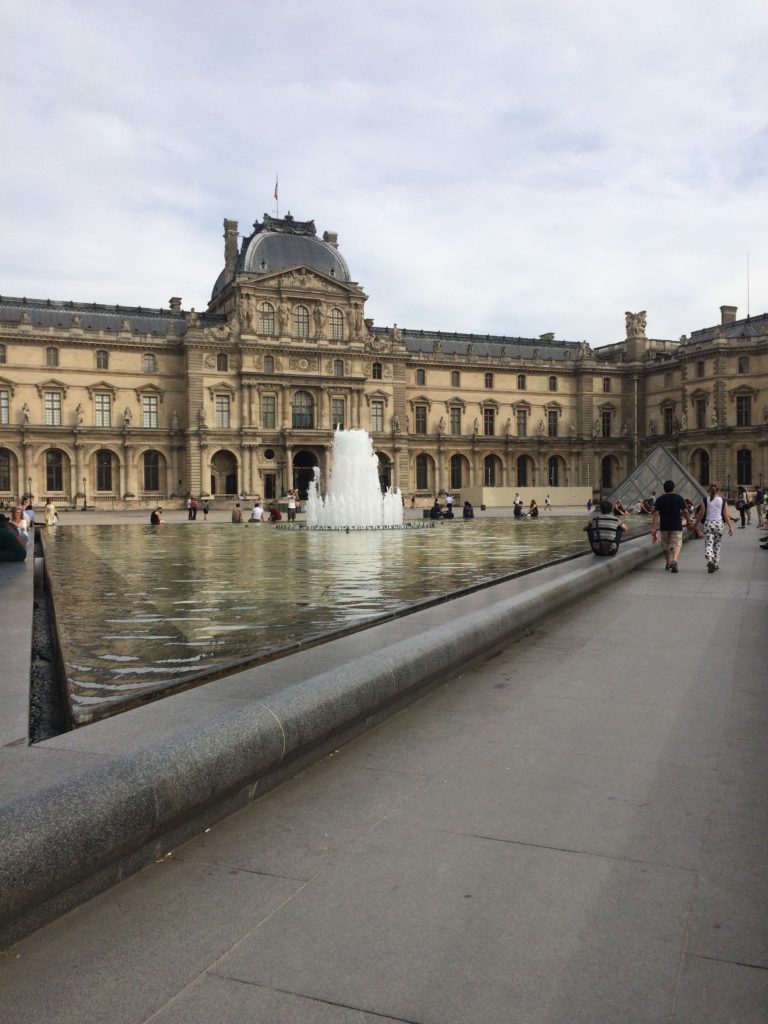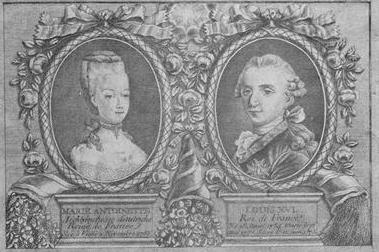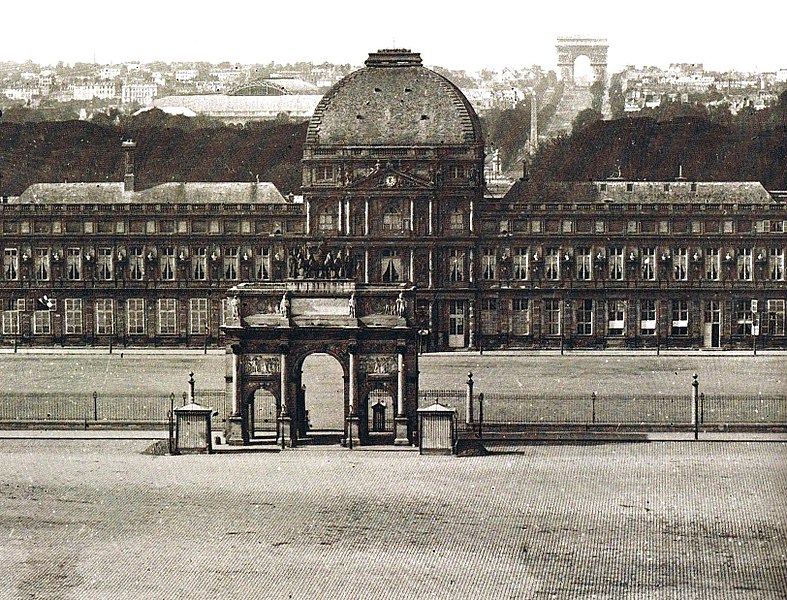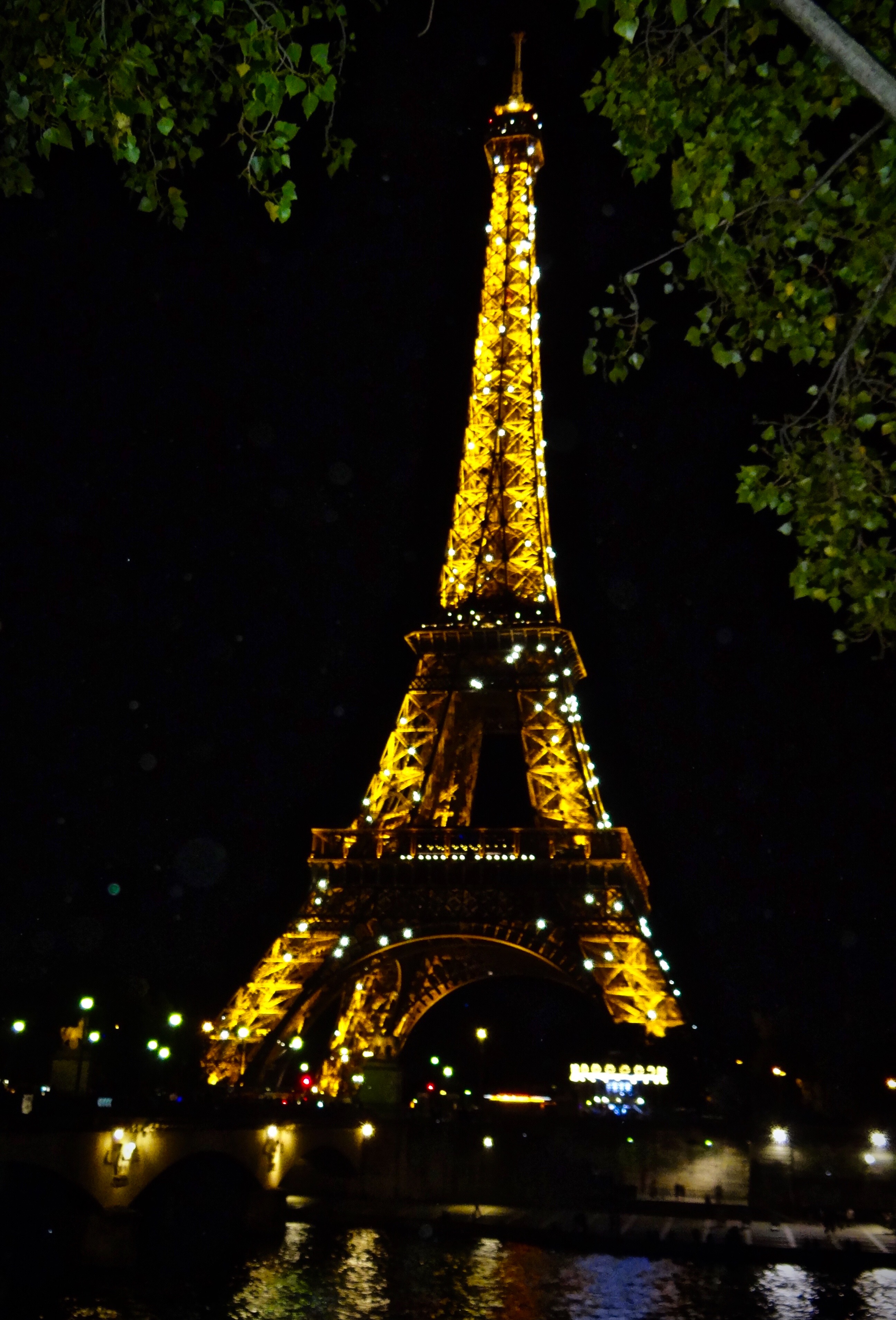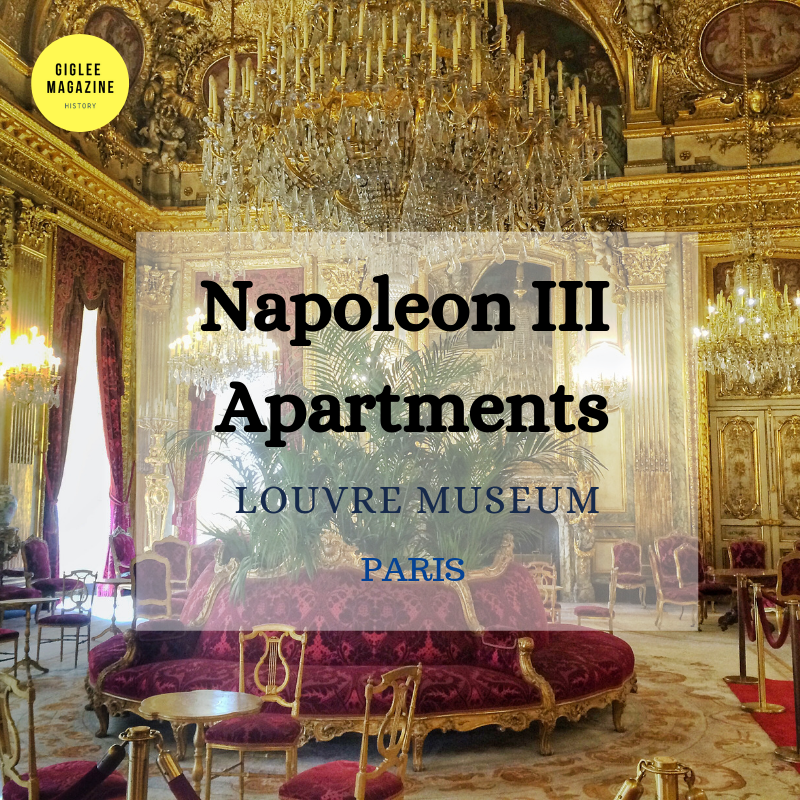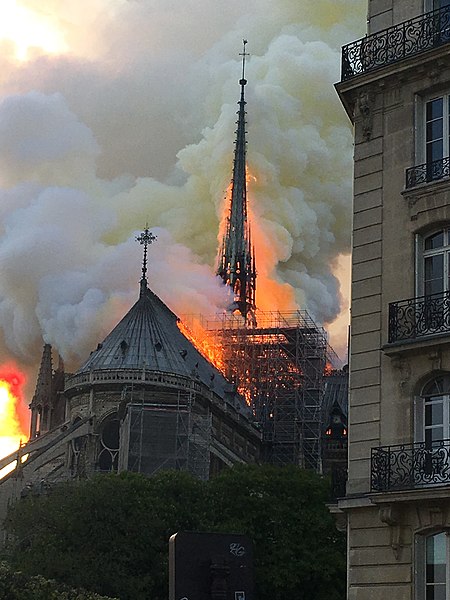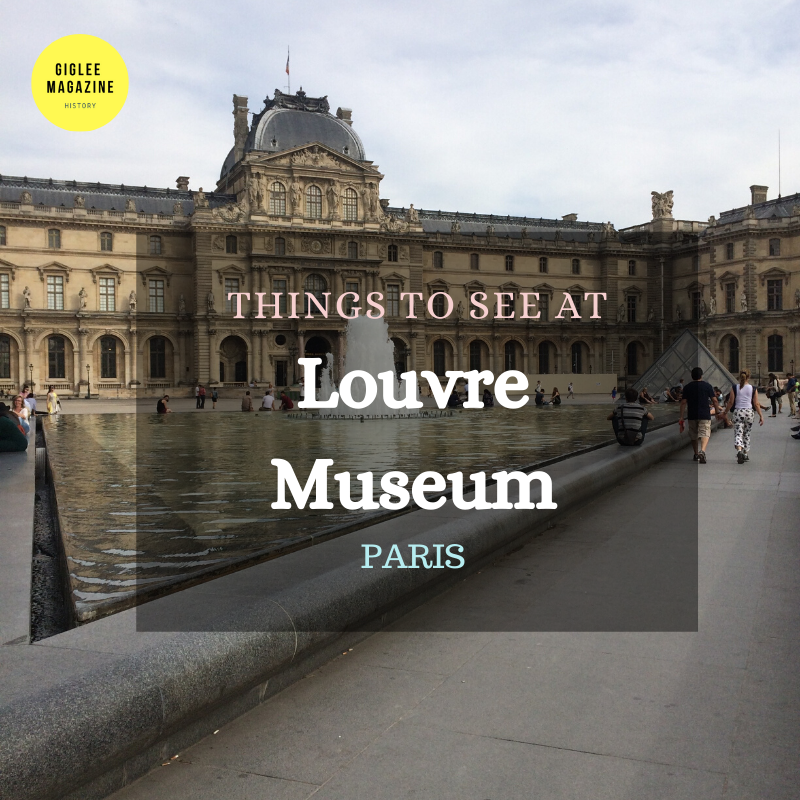
History of the Louvre Palace: Part 3
Becoming the Biggest Museum in the World: Musee du Louvre
The last part in the History of the Louvre Palace
Watch This
Listen to This
I shall be writing this article in a couple of parts. Louvre Palace has got a rather long and complicated history and all of it is fascinating. So I thought it will be better to break this article into a few parts. This is the third and the last one. You can read the first part here and the second here.
415,000 artefacts spread over 782,910 sq ft: that’s how large the Louvre Museum is. If you were to look at each artefact and painting for just six seconds, you’d take about 4 months to see the entire museum.
For a person who is not fond of museums, these numbers might be scary but for a person who adores them, these numbers sound like paradise. They make me want to pack a bag and set up a tent inside the museum.
If you are like me, the story of the Louvre Museum might be just another historical story that’ll make you fall in love with this Castle turned Palace turned Museum.
The Louvre Museum has the most perfect setting i.e. it is in reality a Royal Palace. In a recent poll on Instagram I asked my friends which type of museum they like: one housed in a new buildings or the ones in a real Palace. I was surprised to find my friends loved museums which were set up in Palaces. It just adds in to the aesthetic.
Just like this the Louvre Palace is the best backdrop to constitute the world’s largest museum right on the banks of the Seine.
We explored a part the story of this museum in the last two articles, in this part we’ll talk about the Louvre’s journey into the most turbulent time in French history: the French Revolution and beyond.
Louvre after the Sun set forever
We’ll pick up where we left off with France’s beloved Sun King, Louis XIV.
When the Sun King moved to his dream Palace at Versailles, the two palaces of Tuileries and the Louvre were left almost empty, apart from the few artistic societies that worked inside the Louvre.
The Tuilieres Palace, opposite the Louvre Palace, was home to the young Louis XV from 1715 to 1722.
At the end of the Sun King’s reign in 1715, the Louvre was in a bad condition and most importantly it remained incomplete.
Marquis de Marigny got to work. He restored the part of the Louvre which was damaged and removed the houses that still dotted the avenues between the Louvre and the Tuileries Palaces.
The next spotlight these two Palaces would experience was during the French Revolution. “Let them eat cake.” A statement supposedly made by Marie Antoinette was what made the Revolution so fierce.
Via Wikipeda Commons
Her husband, Louis XVI was brought to France and kept in the Tuileries Palace on the 10th of August, 1792. For France it was the end of the absolute monarchy and a dawn of liberty.
For the Louvre is was a change in its future plans.
The multiple artefacts seized during the revolution from the French monarchs, the nobles and the clergy were all hauled up into the Louvre Palace. It was public opinion to put these objects belonging to the ‘tyrants’ on display.
This was a random display of artefacts and the plan was done in a bit of a hurry.
Opening Doors for All
Exactly one year after the French Monarchy had been brought to its knees on 10th August, the Louvre Palace opened its doors as a museum. This act was a symbolic one. From the month of October in the same year, the museum was regularly open to visitors.
The Louvre Museum became a centre for artists to come and paint. It set the tone for the future, if you’d like to say that. Even today as you walk through the different galleries you’ll find people sketching.
With the turn of the centuries, things changed for the Louvre. It became an institution for collectors and not for the artists.
In 1802 and 1806, the artists were sent packing. Even the Institut de France, which was a university supporting arts and sciences, was driven out.
By this time, Napoleon Bonaparte had risen to power in France. And during his reign, the Louvre underwent some major architectural changes.
Architects Percier and Fontaine designed rooms in the renaissance style, a new concept of overhead lighting was introduced and arches were built to add to the opulence inside the museum. The most important development was the completion of the Cour Carré something that was long pending.
In 1805 to mark Napoleon’s vicotories an arch was built as a gate to Tuilieres Palace called Arc du Caroussel.
https://www.instagram.com/p/Bo3pI7Rnoyr/?utm_source=ig_share_sheet&igshid=11h2gh5i3xxb8
Return What Isn’t Yours
The Treaty of Fontainebleau resulted in the fall of Napoleon Bonaparte. It was also a time where the people in charge of the Louvre gave a thought to the way the artefacts were acquired.
Throughout the French revolution and Napoleon Bonaparte’s rule several of the artefacts added into the Louvre were all seized from their owners. Such artefacts were removed from the Museum collections. The galleries were rearranged.
This exercise to sort out the artefacts proved useful to the museum in the long run. Ironically as gurus preach even today, we have to let go of things to make space for better ones.
Just like that, the Louvre Museum bid adieu to a few pieces of history but welcomed several other masterpieces like the Venus de Milo.
https://www.instagram.com/p/BgSy2bgAxBI/?utm_source=ig_share_sheet&igshid=1wa1ozgws11ov
The King of the French, Louis Phillippe, added in to the collection using his personal wealth to buy Spanish paintings.
Stepping it Up a Notch: Napoleon III
After another brief political upheaval, Charles-Louis Napoléon Bonaparte became the president of France establishing the Second Empire.
He set up a grand scheme to change the architectural landscape in Paris. The Louvre was a part of this grand scheme.
With architect Félix Duban, he began to restore the Louvre Museum and made the museum something that would fit the French description of ‘Historical Monument.’
At the end of his term as president, Charles-Louis Napoléon Bonaparte, made a self coup d’état and made himself a King. He became Napoleon III, the King of the French.
To assert himself, he decided to complete the original Grand Design.
Napoleon III made a grand scheme to join the Tuileries Palace and the Louvre forming a new square called Cour Napoleon, the same square that houses the glass pyramid today.
The buildings in this square were made to resemble a Palace and hid the new modern iron work used.
Napoleon’s architect Félix Duban saw it imperative to modify the Louvre in a way befitting the pricy artefacts it housed.
Hector Lefuel followed Duban and made many architectural changes. The most famous change was the new opulent Second Empire style which is seen in the grand Napoleon III gallery in the museum.
https://www.instagram.com/p/Bpj1HudnCAD/?utm_source=ig_share_sheet&igshid=90h179mne6uw
Loosing History
During the 1850s another upheaval struck in Paris. The result was disastrous for the Tuileries Palace. The Palace was set on fire and burnt to the ground in 1871. A grand Palace lost to history.
The Tuileries was so badly damaged that restoration was not possible. Napoleon III’s idea to join the Palaces halted. The Louvre however was not damaged.
After the demolition of Tuileries Palace, the Louvre Museum now faced the beautiful avenue of the Tuileries Gardens.
Then came the Third Empire.
The Louvre suffered a little under this regime. Many government departments moved in and the funding was also reduced. This some people claim, led to the theft of the Mona Lisa in 1911. (I’ve got a challenge for you. What is the Mona Lisa called in French? Comment below)
However a few positive changes also took place. The famous Winged Victory of Samothrace was put on display at the top of the staircase where it still stands to this day. The Ecole de Louvre was set up to help curators research and improve collections.
———————————-
Want to know more about Napoleon III Apartments mentioned in ‘History of the Louvre Palace’?
Read about them here
———————————-
The Recent Years
The two World Wars also impacted the Louvre a bit. During the wars, most artefacts were stored in a safe place underground in the south of France.
The Nazis weren’t able to do much damage.
After these trying times, the Louvre Museum walked into the next era with a vigour to regain its spot as a hub for artists.
The government departments especially the Ministry of Finance moved out.
The galleries were redone to give visitors a nice flow between the different sections in the museum. The layout of underground tunnels helped connect the different wings and also created a central reception area, ticket booth and a museum store.
https://www.instagram.com/p/BXnoD8ygaBh/?utm_source=ig_share_sheet&igshid=1cmgfcneu9w
The architect Ieoh Ming Pei designed and added in the most iconic piece of architecture, the glass Louvre Pyramids. They not only helped bring the sunlight in and reduce electricity consumption but also added in a bit of modernity.
Finally in 1997 the Louvre Museum was complete.
However does a museum ever stop evolving? The Louvre Museum sure doesn’t.
Museums constantly strive to get more visitors to come and connect with the past. The Louvre has embraced technology and modern design to do so. It also launched a major project of Louvre Abu Dhabi.
The work is far from over. The Louvre is a work in progress. In the future I hope to see what the Museum has in store for us.
Till then I think I’ll sit and dream about pitching a tent in the Louvre to explore every nook and cranny of this grand museum. I’d probably even have my own fun version of Night in the Museum:)
Which is your favourite museum? Comment it below.
If you enjoyed reading ‘History of the Louvre Palace’ share it with your friends as well.
And of course, find GiGlee Magazine on Facebook and Instagram for small snippets of information on scenic historic monuments.
NOTE: The Bibliography for this post is missing. Please help us credit the sources that deserve it. If you believe your work, or a work you know of needs to be cited here, please write to editor@giglee.in to inform us. DISCLAIMER: The intention of this article is not to hurt anyone's sentiments. The thoughts expressed in the article are purely those stated by the author of the work. The information provided on this website may not be complete, reliable, accurate and/or updated. The details you share with the website will not be shared or sold. We are not liable if in case of theft, your data is stolen. The content on this website is provided without any warranties whether express or implied. If you have a doubt, query or complaint please write to editor@giglee.in and we shall respond as soon as possible.
